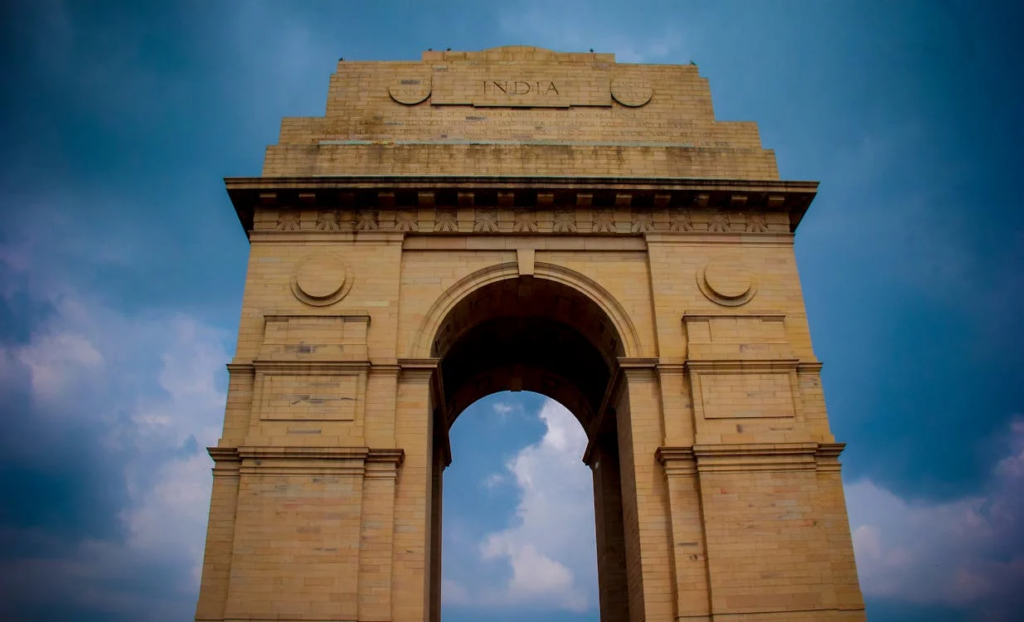Delhi, a city with a rich historical legacy, is home to some of the most iconic monuments in India. These architectural wonders offer a glimpse into the city’s glorious past and rich cultural heritage. Here’s a guide to the top historical sites in Delhi you shouldn’t miss.
Red Fort
A UNESCO World Heritage Site, the Red Fort symbolizes India’s rich history and serves as the focal point for its independence celebrations. Constructed by Mughal Emperor Shah Jahan, this impressive fort with its red sandstone walls encloses palaces, pavilions, and gardens. The evening light and sound show is a highlight, narrating the fort’s fascinating history.

Raj Ghat
Raj Ghat is a memorial dedicated to Mahatma Gandhi, marking the site of his cremation along the Yamuna River. The surrounding gardens provide a serene atmosphere, fitting for the Father of the Nation.
Qutub Minar
Another UNESCO World Heritage Site, the Qutub Minar stands as the tallest brick minaret in the entire world, with a height of 73 meters. Initiated by Qutub-ud-din Aibak in the 12th century and completed by his successors, the Qutub Complex also includes the Quwwat-ul-Islam Mosque and the ancient Iron Pillar, renowned for its rust-resistant properties.

Agrasen ki Baoli
An ancient stepwell in the heart of Delhi, Agrasen ki Baoli is believed to date back to the 14th century. This medieval structure features a series of steps descending to a water reservoir, offering a quiet escape from the city’s bustle.
Purana Qila
One of Delhi’s oldest forts, Purana Qila dates back to the Pre-Mughal era and was built by Sher Shah Suri, later completed by Humayun. The fort’s expansive walls enclose a serene lake, lush gardens, and historic structures like the Qila-i-Kuhna Mosque and Sher Mandal. The evening sound and light show make it even more worthwhile.
Humayun’s Tomb
The first garden tomb in India, Humayun’s Tomb is a masterpiece of Mughal architecture and a precursor to the Taj Mahal. Built-in 1570, the tomb is set amidst lush gardens and houses the graves of various Mughal rulers. Its Persian-influenced design and tranquil surroundings make it a must-visit.

Safdarjung Tomb
Constructed in 1754, the Safdarjung Tomb is the last monumental garden tomb of the Mughals. This structure, made of sandstone and marble, is celebrated for its beautiful architecture and landscaped gardens. Less crowded than other sites, it offers a peaceful retreat in the city.
India Gate
India Gate, an iconic landmark is a war memorial designed by Sir Edwin Lutyens honoring Indian soldiers who perished in World War I. Standing 42 meters high, the arch features the Amar Jawan Jyoti, an eternal flame commemorating unknown soldiers. The surrounding lawns are perfect for a leisurely evening.

Exploring Delhi’s historical monuments is an enriching experience, made even more convenient with Mony. Whether purchasing tickets or souvenirs, MONY’s UPI interface ensures seamless cashless transactions. Just scan and pay, making your visits hassle-free.

